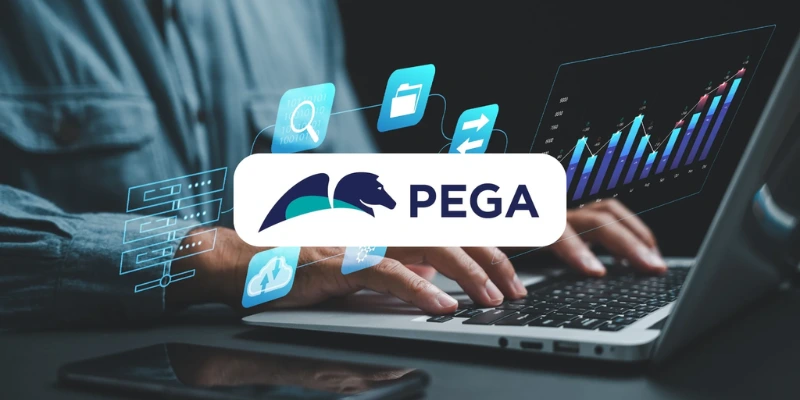
In today’s hyper-competitive business environment, operational efficiency is no longer a luxury – it’s a necessity. Organizations are under pressure to deliver faster, reduce costs, and maintain a consistent, high-quality customer experience. That’s where Pega workflow automation steps in. If you’re diving into digital transformation, understanding how Pega fits into your strategy can be a game-changer. Many professionals taking up Pega Training in Chennai are discovering how this platform is streamlining operations and driving enterprise growth like never before.
Understanding Pega Workflow Automation
Pega workflow automation is not just about replacing manual tasks with technology; it’s about reimagining the way work gets done. Pega helps automate end-to-end business processes, bringing together systems, data, and people in a seamless, intelligent manner.
From onboarding new employees to resolving customer complaints, Pega’s process orchestration capabilities ensure that each step in a workflow is optimized, monitored, and continuously improved. With real-time decision-making and rule-based engines, businesses can ensure compliance, boost productivity, and create a better customer experience.
Why Pega for Business Process Management?
Pega business process management (BPM) goes beyond traditional process mapping. It offers a unified platform that integrates business rules, AI, and case management all under one roof. This gives organizations the power to dynamically adjust workflows as business needs evolve – without rebuilding the entire system.
The advantages of using Pega lie in its adaptability and low-code environment. Business analysts and developers can work together to build apps faster, update processes on the fly, and respond to regulatory changes quickly. Plus, Pega supports end-to-end visibility, making it easier to detect bottlenecks and inefficiencies early.
Pega in Digital Transformation
Digital transformation is no longer just about technology adoption – it’s about redesigning core business operations to be more agile and customer-focused. Pega in Digital Transformation brings a layer of intelligence that allows organizations to align their technology and workforce toward common business goals.
One of the most underrated capabilities is pega process mining, which uses real-time data to uncover inefficiencies and process deviations. This insight helps businesses to fine-tune their operations and set benchmarks for performance.
Whether you’re in banking, healthcare, insurance, or retail, Pega adapts to various industry needs, ensuring your transformation journey is aligned with specific business demands. As more companies invest in Windows Azure Training in Chennai, integrating cloud capabilities with Pega workflows becomes a powerful combo for scalability and resilience.
Pega Robotics Considered Essential for Efficiency
While many automation platforms offer some form of robotic process automation (RPA), Pega Robotics considered essential for efficiency adds something unique: the ability to blend robotic and human work effortlessly.
Imagine a customer service process where a Pega bot gathers customer history, validates information across systems, and only then routes it to a human agent for further assistance. The result? Faster resolutions, reduced human error, and happier customers.
By automating repetitive, rules-based tasks, employees are freed up to focus on more strategic initiatives. This not only improves job satisfaction but also accelerates innovation within the organization.
Real-World Examples of Pega Workflow Success
Let’s take a look at a global telecom company that implemented pega workflow automation to handle customer service requests. Before Pega, agents toggled between multiple systems, leading to delays and poor experiences. After implementing Pega, requests were routed intelligently based on agent expertise and customer profile, cutting down resolution time by over 40%.
In another case, a healthcare provider used Pega business process management to streamline patient onboarding, automate appointment scheduling, and improve compliance tracking. The outcome? A 30% improvement in patient satisfaction and significant cost savings.
Getting Started: Training and Tools
Implementing Pega effectively requires both the right strategy and skilled professionals. That’s why choosing the right Training Institute in Chennai is critical. A good training program equips learners with both theoretical understanding and practical exposure to tools like Pega App Studio, Dev Studio, and Decisioning Services.
As your team gets familiar with designing workflows, automating cases, and integrating with external APIs, you’ll start to see how Pega can drive real, measurable value across departments. Learning how to use Pega in conjunction with platforms like Azure or Salesforce can also give you a competitive edge.
Also Read: What Are the Best Practices for Writing Selenium Test Scripts?